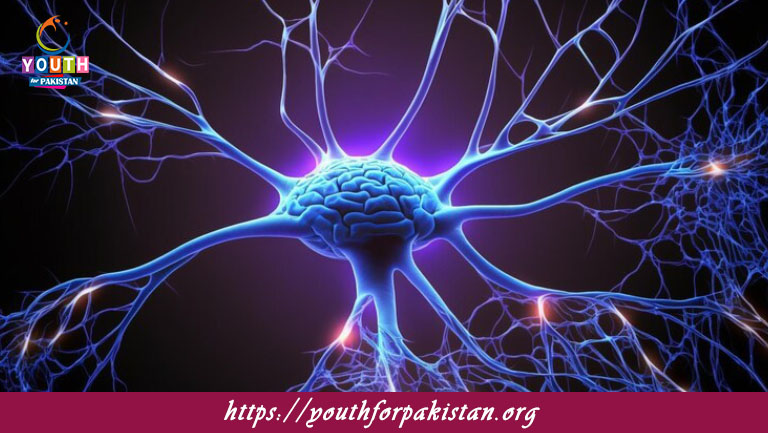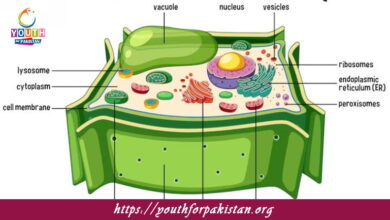Neurons (Structure And Types) MDCAT Quiz with Answers

Neurons (Structure And Types) MDCAT Quiz: Understanding the structure and types of neurons is very essential for MDCAT students when it comes to preparation for medical and dental college admission tests. Neurons, (Structure and types) MDCAT quiz would cover essential information that all would-be doctors need to understand. Neurons serve as the core building blocks of the brain and the nervous system; they conduct electrical impulses to convey signals from the body and into the nervous system. We will include the structure of neurons, including cell body, dendrites, and axon, and diversities of neurons such as sensory, motor, and interneurons in this quiz.
Neuron Structure and Function
The basic structure of a neuron is divided into three parts: the cell body, the dendrites, and the axon. The cell body contains the nucleus and provides support for the metabolic functions of the cell. Dendrites are the branching extensions that take electrical signals from other neurons. The axon carries signals away from the cell body to other neurons or muscles. Understanding this structure is fundamental in comprehending how neurons function in the transmission of impulses. MDCAT students will benefit from mastering this concept since it is very frequently tested both in theoretical and practical exams.
Quiz For Preparation of MDCAT
This MDCAT will help to validate your knowledge regarding the structure of neurons and types. The quiz has multiple-choice questions on a wide range of topics including neuron anatomy, types, functions, and their roles in the nervous system. This quiz will help MDCAT candidates gauge their level of preparation and what they need to study further. Having a good grasp of neurons will, therefore, give you an edge in your exams and position you well for medical and dental school.
Free Flashcard
Flashcards provide an enhanced studying experience when attempting to memorize the structure and functions of a neuron in little time. The student of MDCAT can also memorize a neuron’s components, the neurons’ types, and their various functions in the nervous system from these free flashcards. Hence, regular practice with flashcards will help the candidate remember important material and increase recalling ability at the time of taking the exam.

The neuron that transmits signals from the sensory organs to the central nervous system is called a ______.

The long, thread-like part of a neuron that carries nerve impulses away from the cell body is the ______.

The neuron that transmits impulses from one neuron to another in the spinal cord is called a ______.
Experience the real exam environment with our expertly designed collection of over 25,000 MCQs MDCAT Mock Tests.




